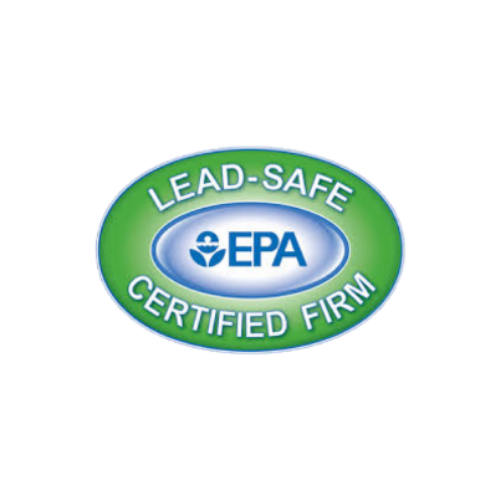Understanding the Four Classes of Water Loss and Their Impact on Your Property
Water damage can vary in severity, and restoration experts classify it into four distinct classes of water loss based on the amount of water involved and the rate of evaporation. Understanding these classifications can help you assess the extent of the damage and determine the best course of action for restoration.
Class 4: Specialty Drying Situations
Class 4 water loss involves severe water damage, often caused by major flooding. This classification presents serious risks to your property's structural integrity, requiring specialized drying techniques and extended restoration times. Materials with low porosity, such as:
- Plaster
- Concrete
- Rock
- Crawlspaces
- Hardwood
are particularly affected. If you experience Class 4 water damage, immediate professional intervention is necessary to prevent long-term structural issues.
Class 3: Fastest Rate of Evaporation
Class 3 water damage typically results from overhead water intrusion, such as a burst pipe or a collapsed ceiling. This classification is characterized by rapid water absorption and evaporation, affecting areas such as:
- Insulation
- Ceilings
- Walls
- Carpet and cushions
- Subflooring (extensive saturation)
Due to its high evaporation rate, Class 3 water damage spreads quickly and requires urgent attention. Delays can lead to mold growth and structural instability, making professional water damage restoration essential.
Class 2: Fast Rate of Evaporation
A Class 2 water loss impacts an entire room, where water has wicked up the walls no more than 24 inches. Common materials affected include:
- Wood-grained materials
- Flooring
- Carpets
- Furniture
While Class 2 damage is less severe than Class 3, it still requires thorough drying and dehumidification. The cost of repairs is typically higher than Class 1, as larger areas are affected.
Class 1: Slow Rate of Evaporation
Class 1 water damage is the least severe, involving minimal water absorption. This type of water loss only affects a small section of a room and low-porosity materials such as:
- Vinyl composition tile
- Plywood
- Structural wood
- Concrete
- Particle board
Since Class 1 water damage has limited absorption and slow evaporation, restoration is generally faster and more cost-effective compared to other classifications.
If you've experienced water damage, don’t wait—contact Restoration Xperts today for fast and reliable water damage restoration services!
Expert Water Damage Restoration with Restoration Xperts
If your home or business has suffered water damage, Restoration Xperts is here to help. Our trained professionals use state-of-the-art techniques to assess and restore your property, ensuring a fast and efficient recovery.
Our 8-Step Water Damage Restoration Process:
- Emergency Contact – Our specialists assess the situation and dispatch the right team.
- Inspection & Damage Assessment – Identifying the water source and evaluating damage.
- Water Removal – Using advanced pumps and extraction equipment.
- Damaged Material Removal – Eliminating non-restorable materials to accelerate drying.
- Cleaning, Sanitizing & Deodorization – Restoring affected areas to pre-loss condition.
- Drying & Dehumidification – Removing moisture trapped in materials.
- Monitoring – Adjusting drying equipment to optimize the process.
- Repairs & Reconstruction – Restoring your property to its original condition.

